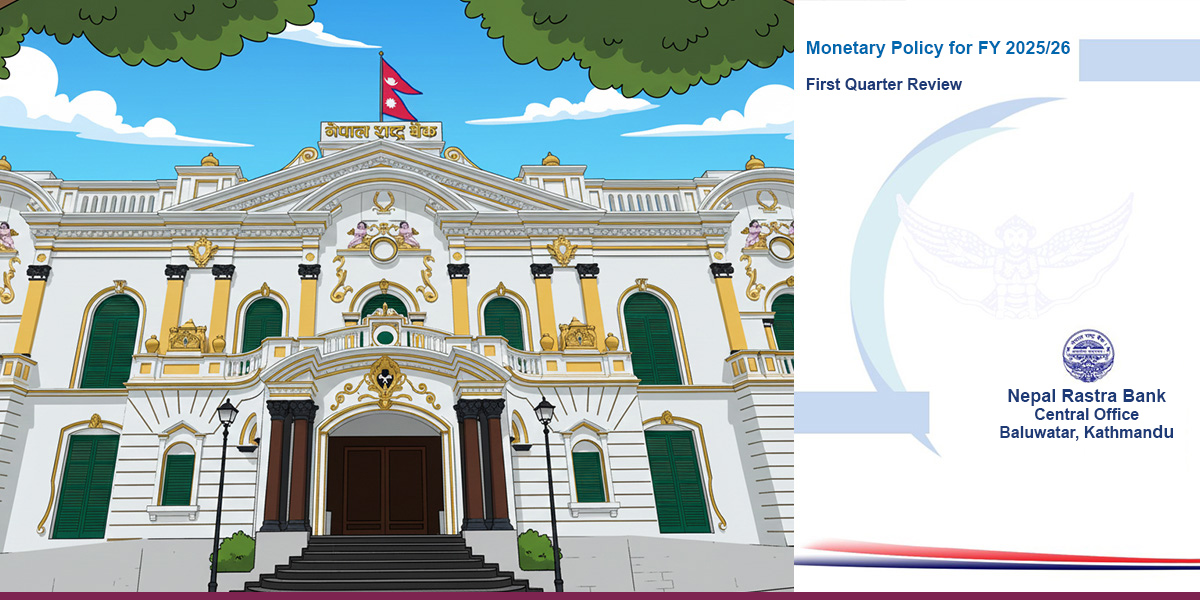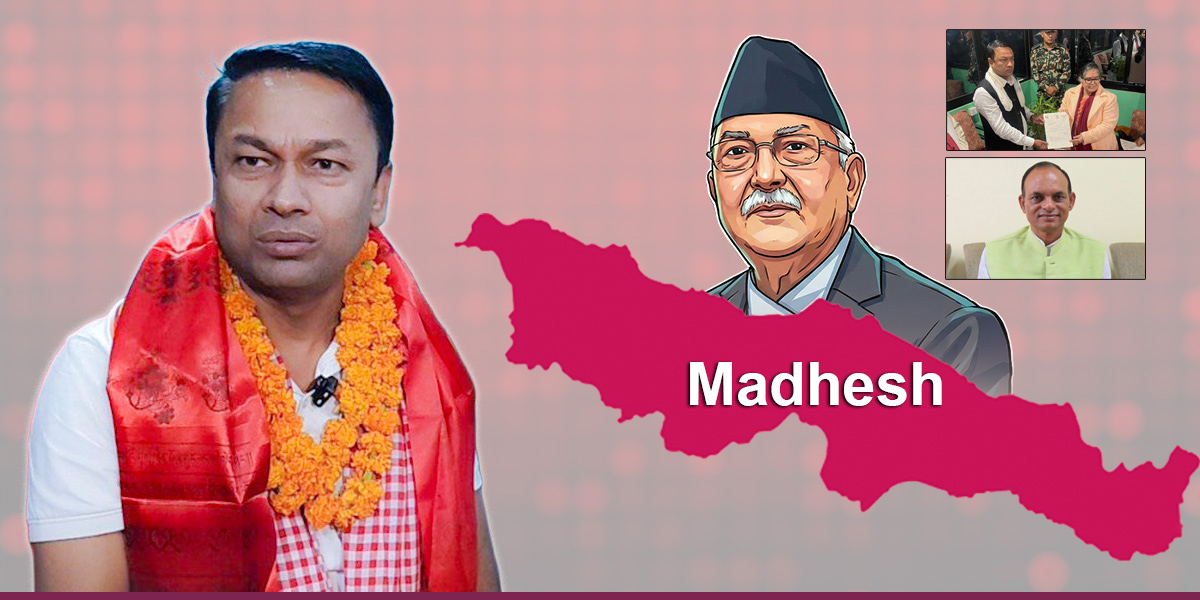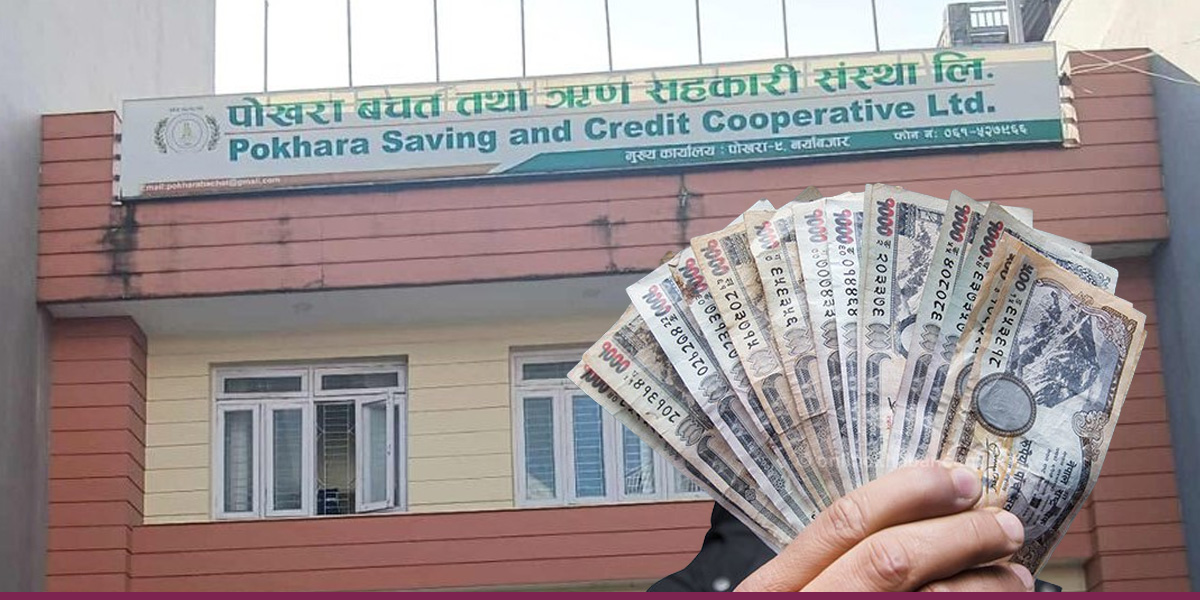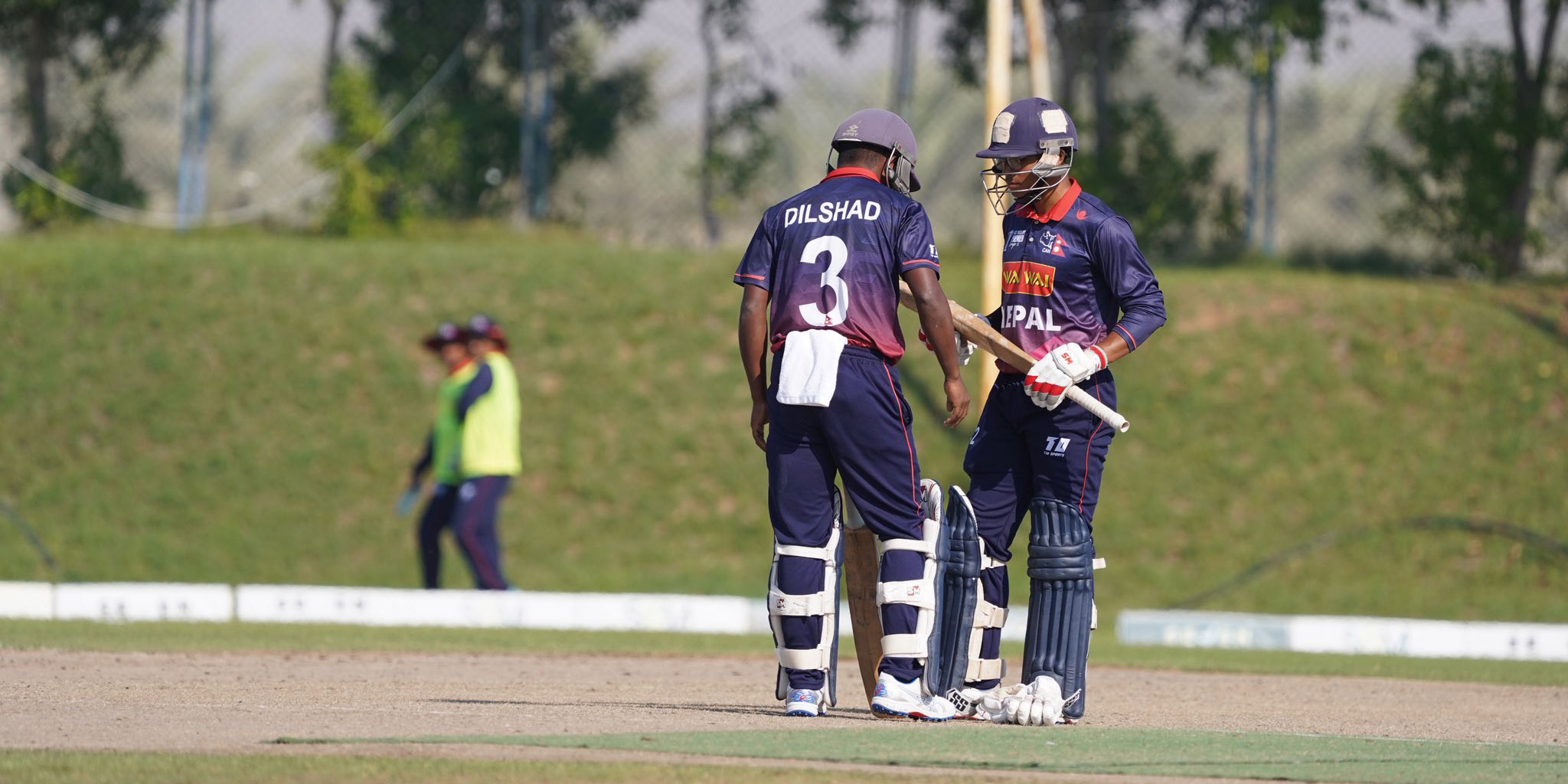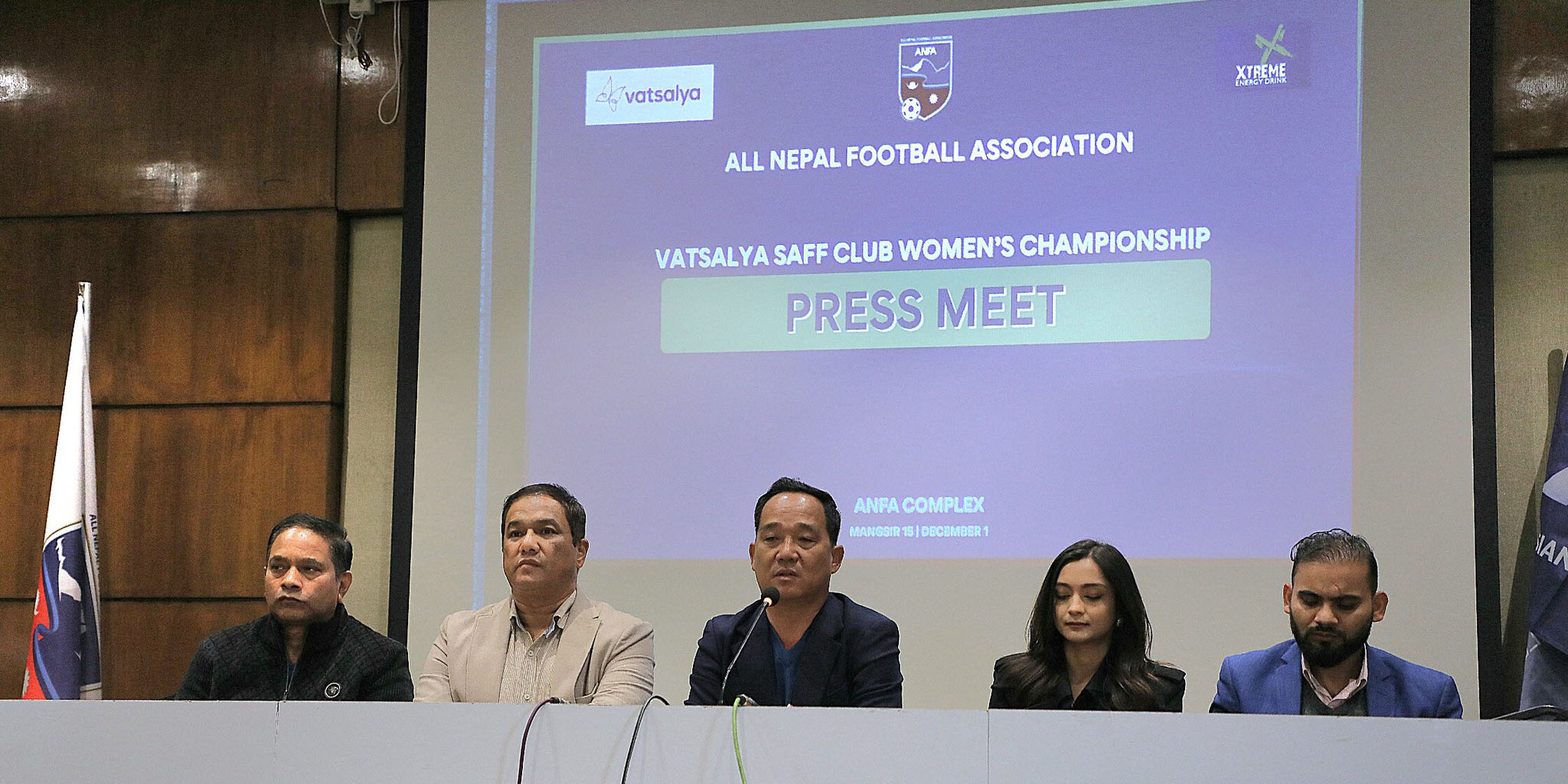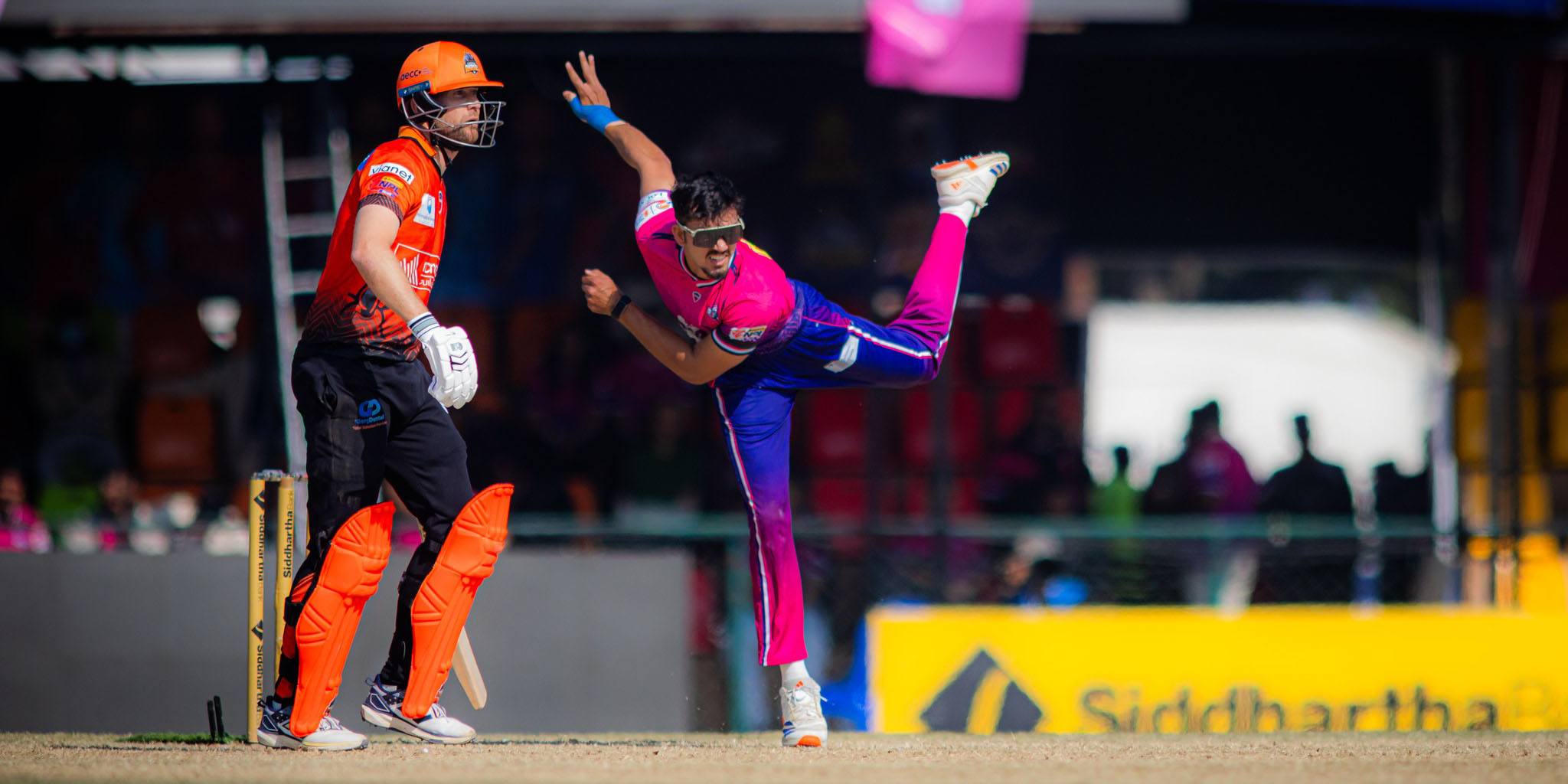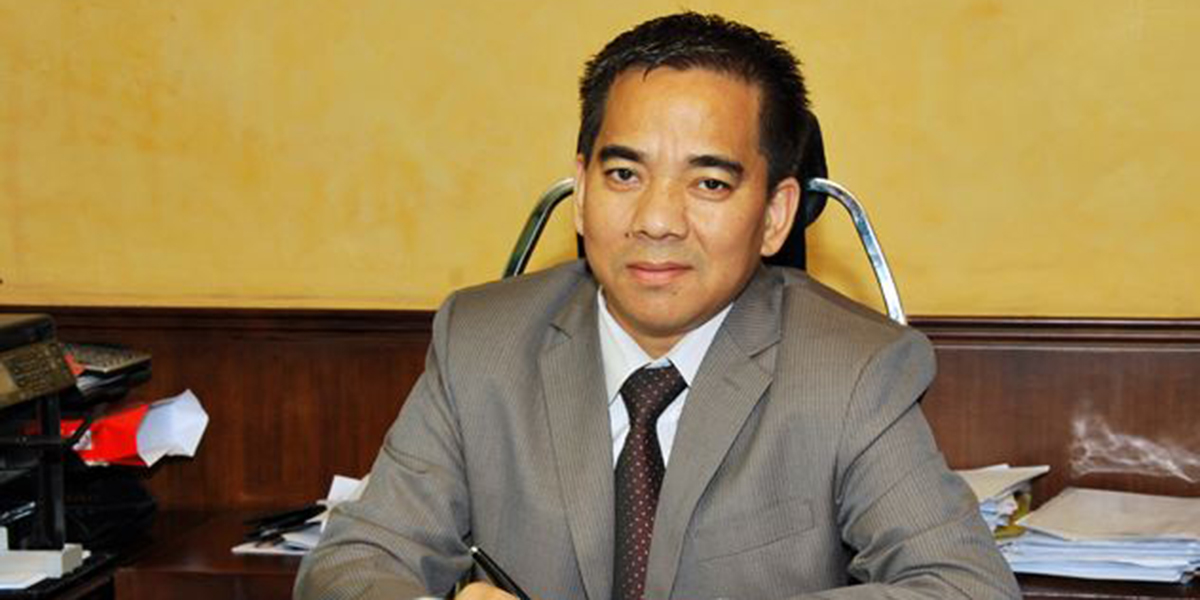
KATHMANDU: Nepal Rastra Bank (NRB) has announced tighter regulations for the distribution of dividends by microfinance institutions.
In an eight-point directive issued on Thursday, the central bank reduced the maximum allowable dividend distribution for class ‘D’ financial institutions from 20% to 15% of their profit.
Any company distributing more than 15% of profits as dividends will now be required to set aside 50% of the excess amount in reserve, and deposit 35% of the excess dividend amount into the consumer protection fund. For instance, if a company proposes to distribute Rs 100 more than the permitted limit of 15%, it must deposit Rs 35 into the consumer protection fund.
In addition, companies that exceed the 15% dividend distribution limit will have to allocate 10% of the excess amount to the corporate social responsibility fund.
Under the new directive issued on Thursday, individuals who have borrowed money from the class ‘A’, ‘B’, and ‘C’ financial institutions licensed by the central bank will no longer be able to obtain loans from microfinance institutions.
Moreover, the central bank has limited the maximum amount that microfinance institutions can lend to a borrower to Rs 700,000, down from the earlier limit of Rs 1.5 million. Microfinance institutions that lend more than Rs 1.5 million will need to make provisions of an equivalent amount.
The central bank has also mandated that microfinance institutions provide 50% of the maximum interest they charge on loans on deposits. This means that if a microfinance institution charges a 16% interest rate on loans, it must offer 8% interest on deposits.

 Himal Press
Himal Press 